Garmin at FLIBS, 640 & GWS 10
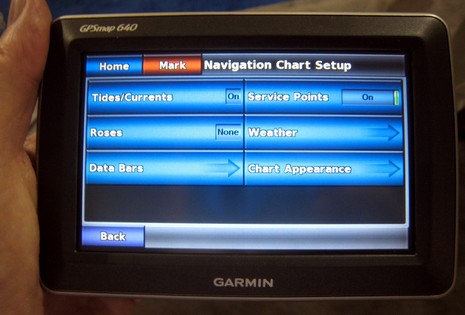
Garmin had a working GPSMap 640 at FLIBS, and I found a couple of nice surprises on it…

Garmin had a working GPSMap 640 at FLIBS, and I found a couple of nice surprises on it…
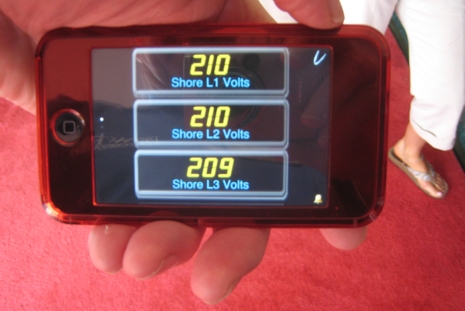
Everywhere I wandered at FLIBS, there was someone fooling with, or showing off, their iPhone. And that includes me, sort of, as…
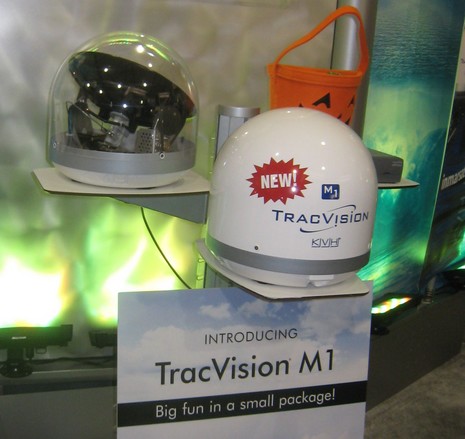
Yup, at not much bigger than a Halloween goody bucket, the new TracVision M1 means upstart Intellian’s “world’s smallest in-motion marine satellite TV antenna” claim didn’t go unchallenged for very long…

Today Lowrance is announcing a new series of multifunction displays called HDS that I’m excited about seeing at the boat show (and trying when they ship in a few months). The acronym stands for High Definition System, and seems justified on several counts…
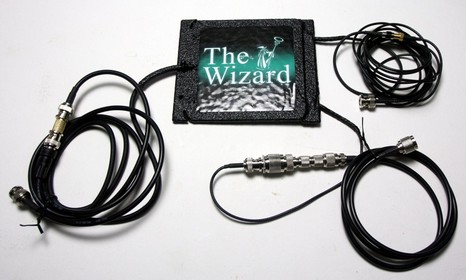
A sample of the intriguing but controversial Wizard antenna arrived yesterday morning and I was able to do some testing before hitting the road for Fort Lauderdale. If I had to put the results in three words they’d be: disappointing but tentative…
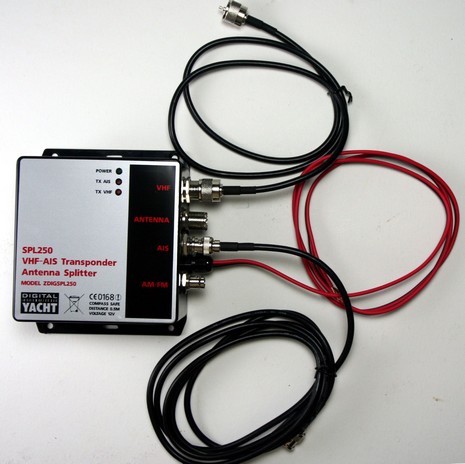
Here’s Digital Yacht’s SPL250 VHF antenna splitter, purportedly the only splitter able to handle 2 watt Class B AIS and regular 25w VHF transceivers without smoke rising from either…

That strange graphic rendered on a laptop in a car trunk stuffed with foul weather gear and winter clothing represents a terrific experience I had yesterday, and a wicked lot of work. Compare the graphic—which is actually hundreds of thousands of GPS/depth data points…

You may have seen the full page ads in the boat mags; there’s a new player in the marine satellite TV business, Intellian Technologies, and if nothing else they clearly understand…
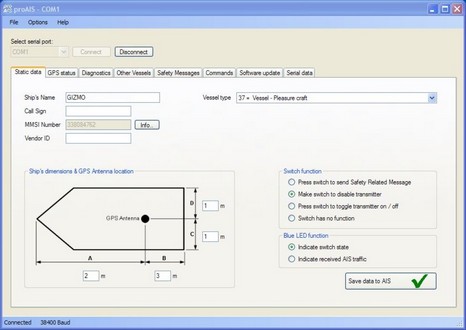
We’re down to Class B AIS details, my friends, and they aren’t hard. Above, and bigger here, is the Static data screen seen in the proAIS software that comes with the European version of Digital Yacht’s AIT250 transponder (and possibly others, as it comes from SRT, the manufacturer of so many Class B circuit boards and finished boxes). In the U.S. market this is the screen an installer would see after he or she had entered the vessel’s MMSI number. Users will see all those data fields grayed out (I presume, as I haven’t actually seen the finished U.S. software). Of course that’s because the FCC barred users from inputing the data themselves. But the user does have to supply accurate info to the installer. Let’s break it down:
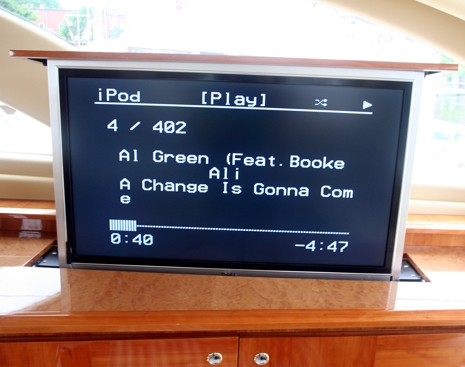
So what do get when a very successful software developer cuts loose on an Azimut 55? Among many other things, the biggest iPod interface…